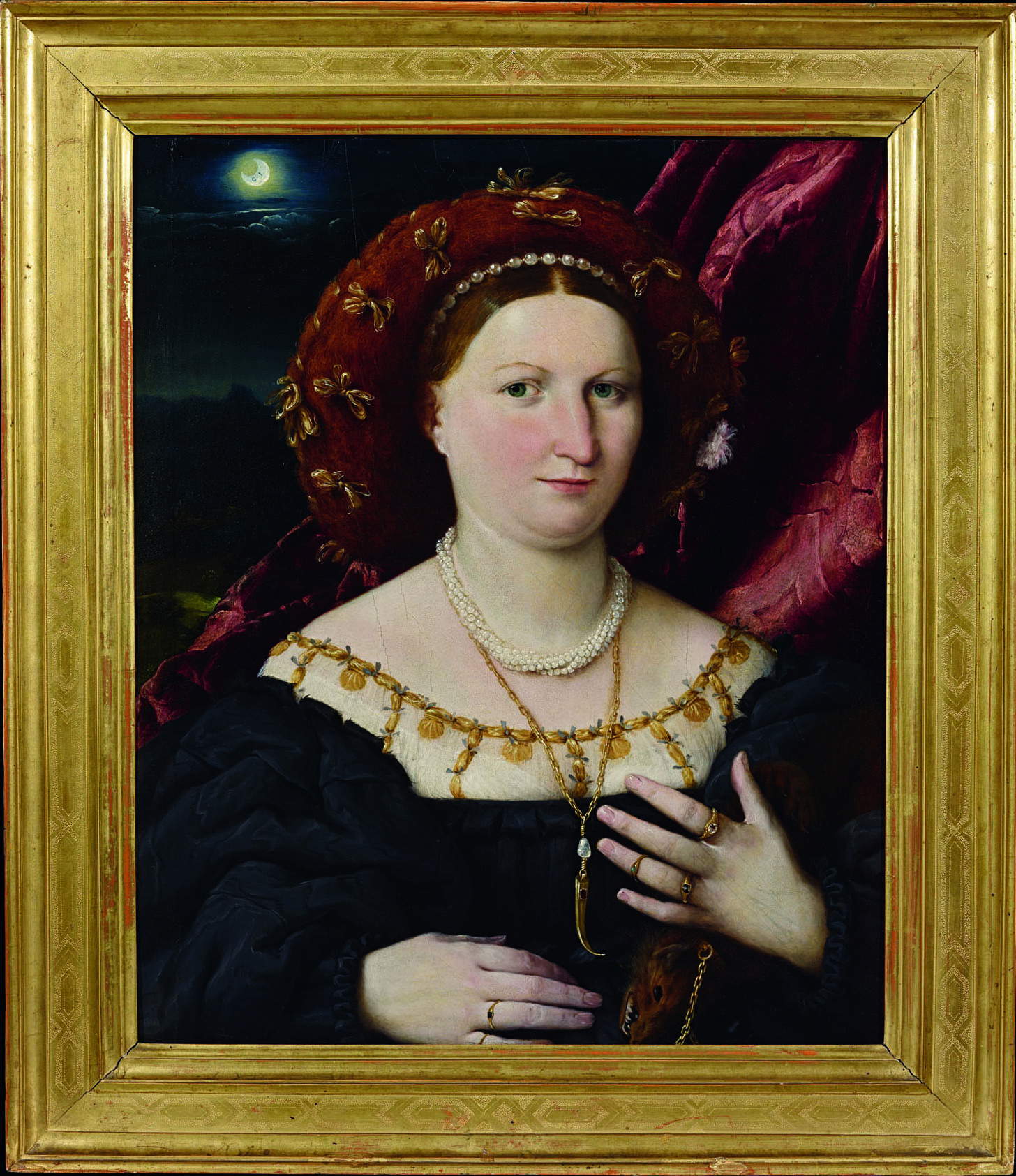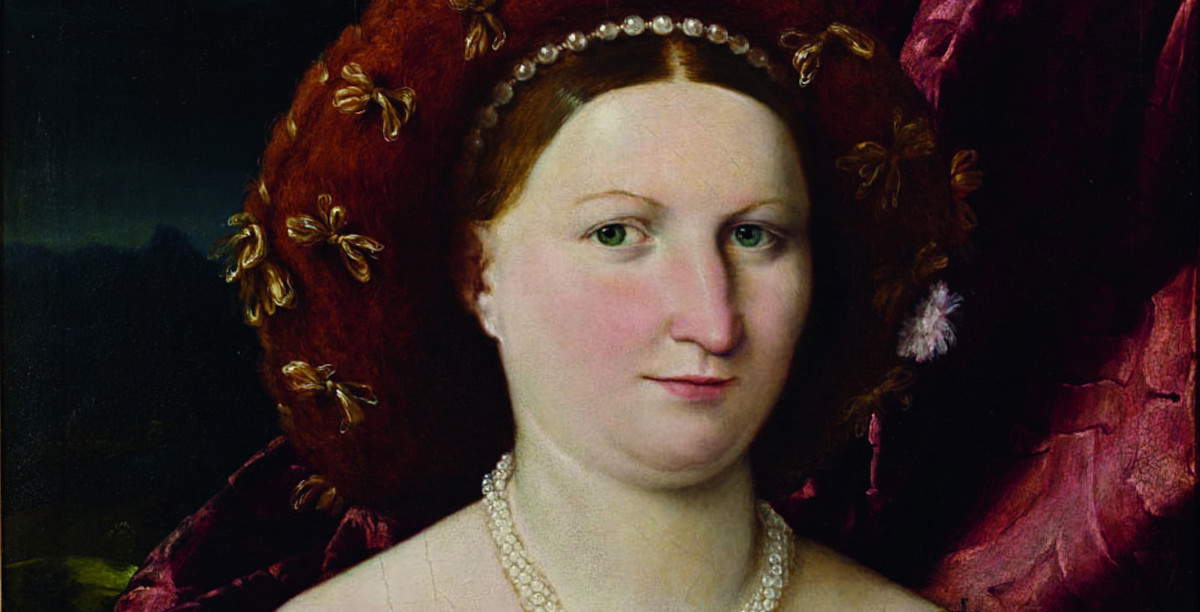Lorenzo Lotto ’s Portrait of Lucina Brembati (c. 1521-1523), a masterpiece from theCarrara Academy in Bergamo, is the new guest at the Capodimonte Museum and Real Bosco, from Oct. 2, 2025 to Jan. 6, 2026. A new opportunity to compare important works of art history with the permanent collections of the Neapolitan museum.
The famous portrait, depicting anelegant gentlewoman from Bergamo, will be displayed in Room 61 of the museum, alongside works from Capodimonte’s Farnese collection documenting fashion and customs of the time.
The painting’s arrival in Naples is also an opportunity to inaugurate the series of meetings Capodimonte is Fashionable - Pathways in the History of Costume, which until December 2025 will host some of the leading international scholars of sixteenth-century jewelry, textiles, furs and women’s clothing.
Lorenzo Lotto’s portraits are considered one of the pictorial peaks of the first half of the 16th century. For his ability to render the psychological dimension of his subjects, historian Bernard Berenson in the late 19th century called him the “first modern portraitist.” Lucina Brembati’s portrait fully demonstrates this: the proud gaze, sumptuous robes, and precious and symbolic jewelry give the protagonist a precise and recognizable identity. Indeed, the ring with the family crest and the rebus with the moon made it possible to identify her. The splendor of her attire-the wide sleeves, the pearl necklace, the gold pendant, and the typical “capigliara”-underscores her high social status.
Alongside Lotto’s masterpiece, there will be paintings by Parmigianino showing other declinations of Emilian Renaissance portraiture: in Galeazzo Sanvitale andAntea, the artist restores his protagonists with a softer, more enveloping light.
“Inviting ’Lucina Brembati’ to Capodimonte and imagining a journey through the history of costume was immediate and engaging,” explains Eike Schmidt, director of the Capodimonte Museum and Royal Woods. "Meanwhile, by exhibiting around the work, which is identifiable with the city of Bergamo and rarely lent, our portraits of Antea and Galeazzo Sanvitale, by Parmigianino, along with that of Bernardo de’ Rossi, which is also at the moment the earliest portrait painted by a young Lotto. To explore these themes in depth, we immediately had the support of three leading scholars-Silvia Malaguzzi, Patricia Lurati, and Roberta Orsi Landini. These will be brilliant and engaging encounters for a curious audience, lovers of beauty but also of the social and human history that these famous portraits tell. Thus, in collaboration with the Friends of Capodimonte, a new format will start. The title Capodimonte is fashionable also wants to be an invitation to attend more and more of our museum discovering a diversified and growing cultural offer."

The lecture series kicks off on Oct. 2 at 4 p.m. with Silvia Malaguzzi ’s lecture entitled Una dama e il suo pittore. The Mystery of the Jewels. The scholar will analyze the role of jewelry in Lotto’s work: not mere pictorial exercises, but true instruments of identification and psychological introspection, bearers of symbolic meanings. The investigation is set in the refined context of the 16th-century cities of Bergamo, Treviso and Venice, among Venetian aristocrats, merchants and jewelers, some of them with high moral aspirations and avowed Protestant sympathies: a context with which Lotto shared both spiritual convictions and a passion for metallurgy and the magical world of gems.
Two more meetings will follow: on Nov. 20 with Patrizia Lurati(When Furs Were Fashionable), devoted to the use of furs as status symbols in the Renaissance, and on Dec. 11 with Roberta Orsi Landini(Sixteenth-century Women’s Dress: Body Revealed, Body Forgotten), an in-depth look at the evolution of women’s fashion between the early part of the century and the end of the century.
 |
| Lorenzo Lotto's Portrait of Lucina Brembati arrives at the Capodimonte Museum on a trip from Bergamo |
Warning: the translation into English of the original Italian article was created using automatic tools. We undertake to review all articles, but we do not guarantee the total absence of inaccuracies in the translation due to the program. You can find the original by clicking on the ITA button. If you find any mistake,please contact us.